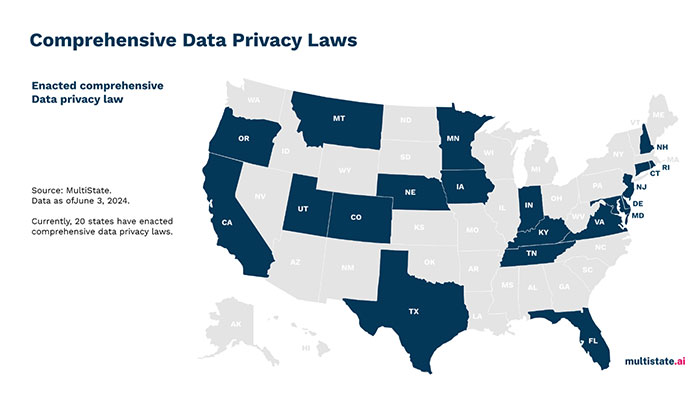Is the recent AI Ghibli image trend a ruse to collect our biometric data?
Recently, there has been a surge in users sharing images on various social media platforms, requesting ChatGPT to recreate these images in the iconic art style of Studio Ghibli, a renowned Japanese animation studio known for its unique animation style. This trend has quickly gained popularity online within the past week.
However, some concerns have been raised regarding the true intentions behind this trend. Speculations suggest that OpenAI, the entity behind ChatGPT, might be exploiting this trend to gather valuable "biometric data" from the images being uploaded. Biometric data pertains to distinct human characteristics that can serve as individual identifiers, such as fingerprints and retina scans.

OpenAI's Data Collection Policy
When users engage with ChatGPT and agree to its terms and conditions, they inherently consent to the collection of certain personal data. According to OpenAI’s privacy policy, this data includes IP addresses, usage information, geolocation data, user details (like email addresses or names), and "User Content," encompassing all input provided into ChatGPT, including images uploaded as part of the Ghibli trend.
While some of this data is utilized to enhance and train OpenAI's services, it's essential to note that personal information collected may be shared with third parties, including governmental bodies, under specific circumstances, such as legal obligations or to prevent illicit activities.
Debunking Biometric Data Collection Claims
Despite claims circulating online, there is no concrete evidence to suggest that OpenAI is actively collecting biometric data like fingerprints or retina scans through the Ghibli image trend. The feasibility of extracting such sensitive data from uploaded images, especially those of low to medium resolution and not intended for biometric purposes, remains questionable.
For instance, the extraction of fingerprints from images demands specific conditions like high resolution, proper angles, and suitable lighting. While technically achievable under ideal scenarios, experts argue that it is impractical to accomplish this from typical user-uploaded images that lack a focus on finger details.

Similarly, the technology involved in capturing retina scans through images is complex and requires specialized equipment utilizing infrared light. The notion of extracting biometric data from casual images for unauthorized purposes lacks substantial credibility.
Privacy Concerns and Conclusion
While privacy and biometric data concerns are valid, especially with the potential for biometric security breaches in the digital age, it's crucial to approach such claims with a discerning eye. Transparency in AI data handling practices, like those of ChatGPT, is essential to mitigate privacy risks and maintain user trust.
As legislation around AI chatbots and data privacy evolves, users must stay informed and cautious about the information they share online. Reading and understanding privacy policies and terms of service before engaging with platforms like ChatGPT can empower individuals to make informed decisions and protect their data privacy.

Ultimately, the claim that the AI Ghibli image trend is a guise for biometric data collection appears unsubstantiated, earning a classification of "likely false."
© 2025 Black Dot Research


















